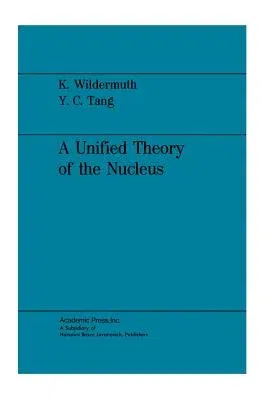Karl Wildermuth
(Author)A Unified Theory of the Nucleus (Softcover Reprint of the Original 1st 1977)Paperback - Softcover Reprint of the Original 1st 1977, 1 January 1977

Qty
1
Turbo
Ships in 2 - 3 days
In Stock
Free Delivery
Cash on Delivery
15 Days
Free Returns
Secure Checkout
Part of Series
Clustering Phenomena in Nuclei
Print Length
389 pages
Language
German
Publisher
Vieweg+teubner Verlag
Date Published
1 Jan 1977
ISBN-10
3528083735
ISBN-13
9783528083731
Description
Product Details
Author:
Book Edition:
Softcover Reprint of the Original 1st 1977
Book Format:
Paperback
Country of Origin:
US
Date Published:
1 January 1977
Dimensions:
22.86 x
15.24 x
2.08 cm
ISBN-10:
3528083735
ISBN-13:
9783528083731
Language:
German
Location:
Wiesbaden
Pages:
389
Publisher:
Weight:
530.7 gm

